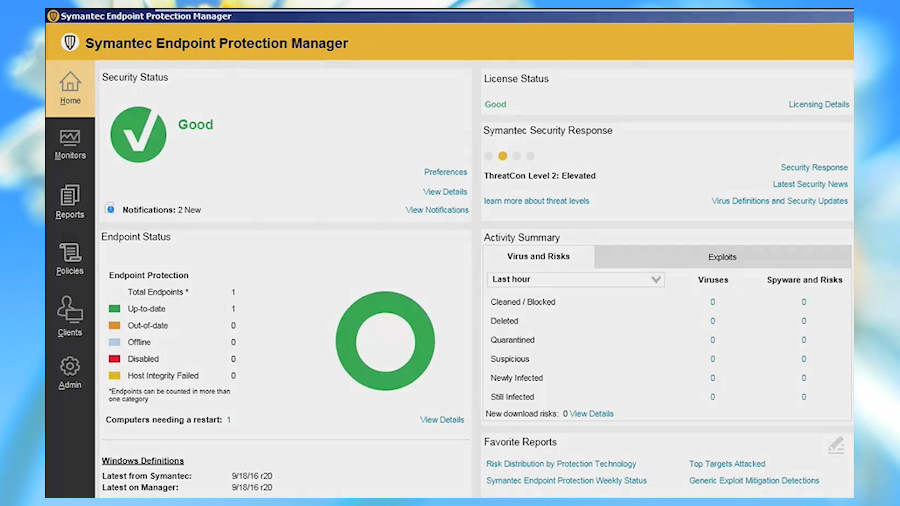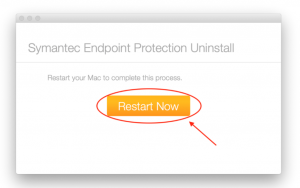

Windows 8 / 2012 Server Both 32 and 64 bit versions, where applicable Windows 2000 SP4+ (requires MS KB816542 included in Update Rollout 1 for SP4) What to do when conventional uninstall methods fail: Cleanwipe, manual removal methodsĪgain, a New Cleanwipe version is introduced in SEP 12.1 RU2Īs of, the latest version of CleanWipe is v.401. To have the Latest Version of Symantec CleanWipe Tool, you may need to Create / Open a Case with Symantec Technical Support.Ĭheck the Procedures to open the Case in Step 3. This method of uninstalling the agent will fail if the agent is running and will not remove the launchd service startup files from /Library/LaunchDaemons.12 How do I uninstall System Center Endpoint Protection Mac?.11 How do I turn off endpoint security on Mac?.10 How do I remove endpoint protection from my Mac?.9 How do I disable Symantec Endpoint Protection from the registry?.Ĩ How do I disable GREY Symantec Endpoint Protection?.7 How do I permanently disable Symantec Endpoint Protection?.6 How do I remove Symantec from my Mac?.5 How do I uninstall Symantec Endpoint Protection from my Mac?.3 How do I uninstall Endpoint Security Mac?.2 How do I turn off Symantec Endpoint Protection on Mac?.1 How do I force uninstall Symantec Endpoint Protection?.If you are not able to open a case, there are manual removal documents available that can help you with removing all traces of the SAV/SEP product. NOTE: Uninstalling the agent by dragging the N-agent application folder to the trash is not recommended. Sudo /Applications/N-agent.app/Contents/Daemon/usr/sbin/uninstall-nagent Open a terminal window and run the following command: To uninstall the agent, log in as an administrator user. The operating system will rotate this log daily and will retain only the previous five days of log files. The agent writes logging information to “/var/log/N-able/N-agent/nagent.log”.

To start or stop the agent processes using the launchctl utility, follow the following procedure:Īs an administrator, open a terminal window and run the launchctl command: If necessary, it can be started and stopped manually using the launchctl utility. The operating system will ensure that the agent is restarted automatically in the event that it crashes or is killed.

The Mac OS X agent is started automatically during the system boot process.


 0 kommentar(er)
0 kommentar(er)
